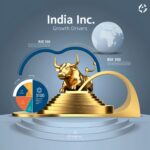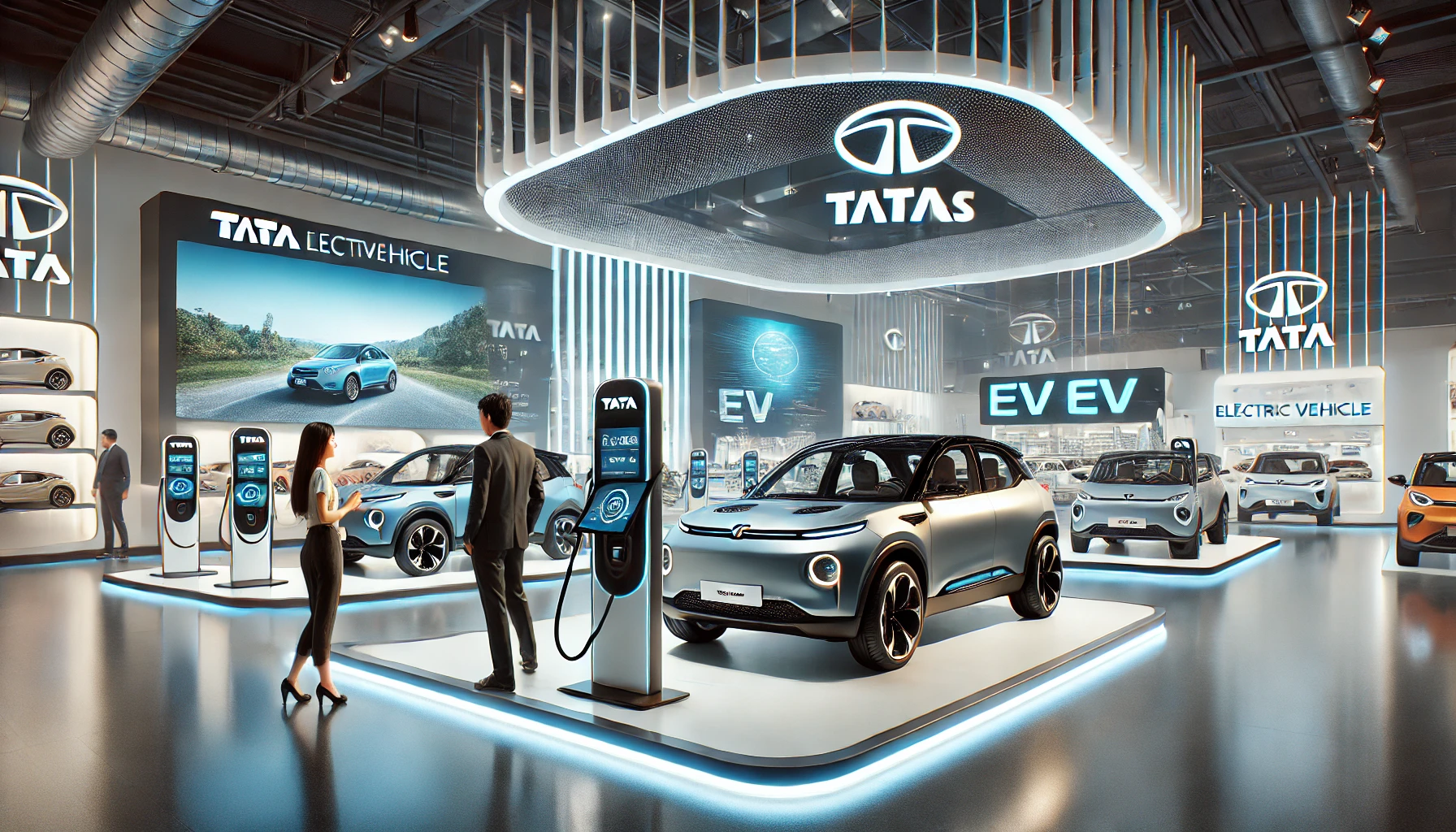Introduction
In recent years, India has been making headlines for its robust economic growth and its potential to become a global economic powerhouse. According to a report by Barclays, India is set to achieve an impressive 8% growth rate, positioning it on the brink of parity with China’s GDP by 2028. In this article, we delve into the factors contributing to India’s meteoric rise and what this means for the global economy.
The Economic Landscape of India
A Booming Economy
India’s economic growth is nothing short of extraordinary. With a population of over 1.3 billion people, the country is poised to capitalize on its vast consumer base and a burgeoning middle class. This demographic dividend, combined with structural reforms, has transformed India into one of the world’s fastest-growing major economies.
Infrastructure Development
Investments in infrastructure have played a pivotal role in India’s growth story. The government’s initiatives such as “Make in India” and the construction of smart cities have attracted both domestic and foreign investments. Improved transportation networks, modernized ports, and advanced telecommunications have paved the way for sustainable growth.
Global GDP Outlook
India vs. China
India’s projected growth rate of 8% is a significant milestone. It brings India’s contribution to the global GDP in line with China’s, creating an intriguing competition between the two economic giants. While China has been the dominant force for years, India’s rapid ascent is set to challenge the status quo.
Implications for Global Markets
This seismic shift in global economic dynamics has far-reaching implications. As India’s economy continues to expand, international businesses are eyeing the vast opportunities it presents. Investors are diversifying their portfolios to include Indian assets, recognizing the potential for substantial returns.
Key Drivers of India’s Growth
Demographic Dividend
India’s youthful population is a driving force behind its economic growth. With a median age of 28 years, India has a large and productive workforce. This demographic advantage is fueling innovation and entrepreneurship, making India a global technology hub.
Policy Reforms
The Indian government’s commitment to economic reforms has been instrumental in attracting investments and simplifying business processes. Initiatives such as the Goods and Services Tax (GST) have streamlined taxation, making it easier for businesses to operate.
Challenges on the Horizon
Income Inequality
While India’s growth is remarkable, income inequality remains a concern. The government must address this issue to ensure that the benefits of economic growth reach all segments of society.
Environmental Sustainability
Sustainable development is critical for India’s long-term growth. Balancing economic expansion with environmental protection is a challenge that the nation must address to avoid detrimental consequences.
Conclusion
In conclusion, India’s journey toward becoming a global economic powerhouse is marked by impressive growth rates and strategic reforms. The prospect of achieving 8% growth by 2028 places India on par with China in terms of global GDP contribution. As India continues to rise, it is essential for businesses and policymakers around the world to pay close attention to this dynamic and evolving economy.











